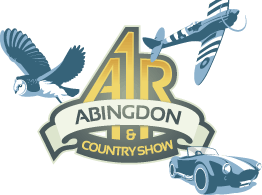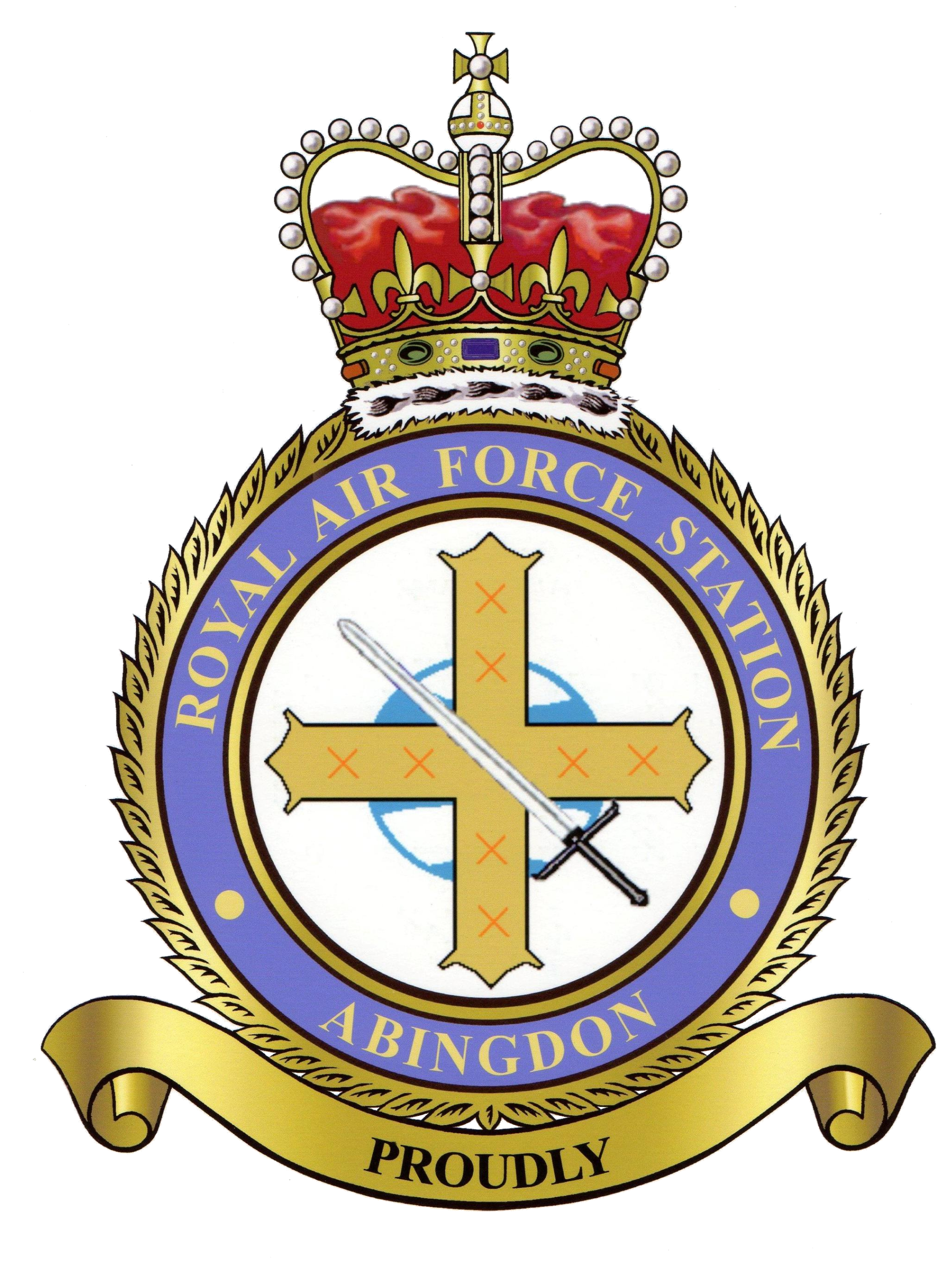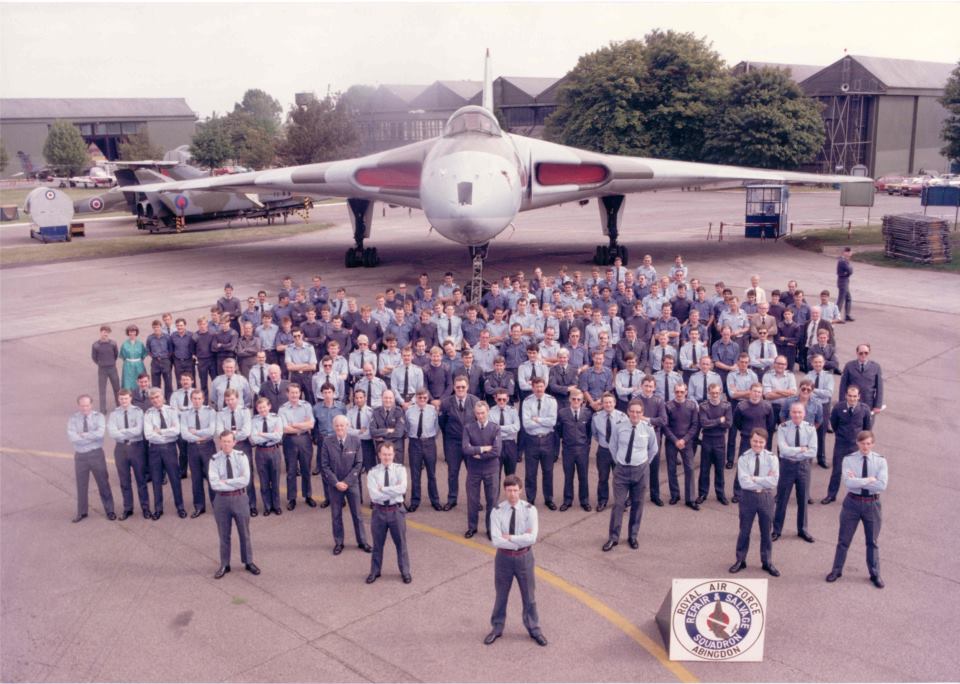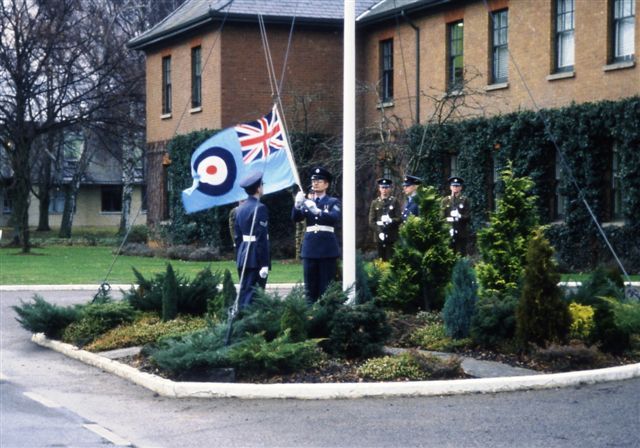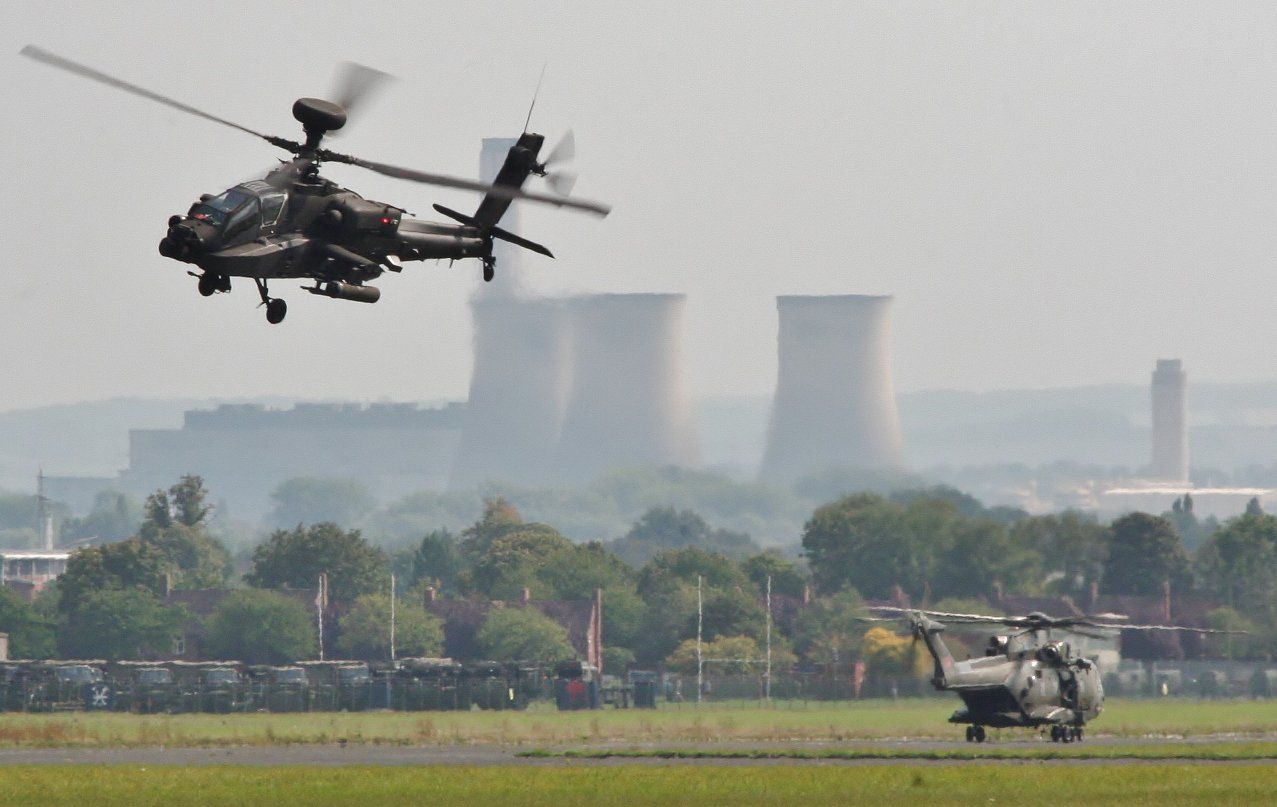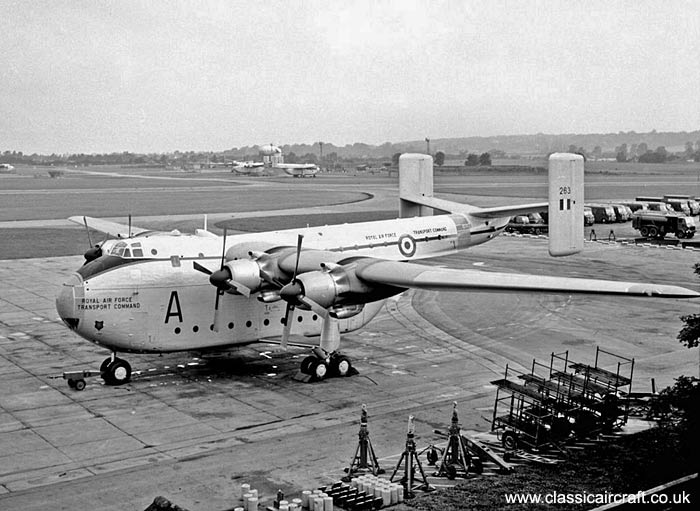
1974 proved a turning point for the airfield, once again the station's role changed, becoming a Support Command facility incorporating 60 and 71 Maintenance Units (MU) with 1976 seeing it become responsible for both in depth maintenance programs onsite as well as complex aircraft repairs around the UK. The Engineering Wing comprised of numbers 1, 2 and 3 Air Maintenance Squadrons (AMS), the Repair and Salvage Squadron (RSS) & an Engineering Support Squadron (ESS). Blackburn Buccaneers, Hawker Hunters, Hawker Siddeley (later British Aerospace) Hawks, SEPECAT Jaguars, and Vickers VC-10s were all serviced at RAF Abingdon through its time as a Maintenance Depot, until its closure in 1992.
As well as the front-line and support functions, RAF Abingdon also played an important training and educational role. Many young pilots got their first taste of flying here, either in the De Havilland Canada Chipmunks of 6 Air Experience Flight, or later on the Scottish Aviation Bulldogs of the London or Oxford University Air Squadrons, from the mid 1970s until 1992.
Many locals may remember the stored Vickers VC-10s on the airfield, some of which were converted into aerial refuelling tankers, or the stored Hawker Siddeley Nimrod Airborne Early Warning aircraft that ended up being scrapped during the 1980s.
It wasn't just the British armed forces that used RAF Abingdon, the United States Air Force (USAF) chose the airfield as one of a small number of UK airfields to be co-located Operating Bases (COBs). A COB had the bare minimum of facilities required to house a detachment of US aircraft, and were paid for by the USAF or by NATO. The COB was used in 1984, 1986 and in 1989, when the airfield saw detachments of Lockheed C-130 Hercules transports from the California, Minnesota and Ohio Air National Guard units.
Finally, under the ‘Options for Change’ defence review, RAF Abingdon closed on 31 July 1992 under the command of Group Captain Henderson, after which Squadron Leader Mike Lawrence (who was the Abingdon Jaguar and Hawk Unit test pilot) filled in for the last six months in a caretaker role.
Abingdon will be remembered for many reasons, not least for its very popular annual Air Days which attracted between 30,000 and 50,000 visitors each year. The special 1990 Air Day incorporating the 50th anniversary of the Battle of Britain flypast direct from overflying Buckingham Palace, attracted over 80,000 visitors, with many also not getting onto the airfield and abandoning their cars outside the perimeter as the car parks reached full capacity!
The long-standing based RAF 612 Volunteer Gliding Squadron disbanded on 14 August 2016 as part of the drastic cutbacks to existing gliding squadrons throughout the UK. 612VGS was one of the most productive units in the UK, bringing large numbers of cadets up to solo gliding standard, as well as winning the Queens Award for Voluntary Service. The disbandment of the unit marked the last permanent RAF link to Abingdon and the station's flying operations.
Although 2016 marked the end of flying operations, part of RAF Abingdon remains in use by the British military. The technical site is now known as Dalton Barracks – named after a famous soldier, James Dalton VC who held the equivalent rank of quartermaster and fought in the Battle of Rorke's Drift during the 1879 Zulu Wars.
It houses 3 Close Support, 4 General Support and 12 Close Support Regiments of The Royal Logistic Corps. Also, recently accommodated is Edwards Brooks Barracks, a brand new facility housing the 7 Battalion the Rifles of the Territorial Army, who are stationed just outside the Dalton Barracks perimeter. The name Edward Brooks is of a distinguished World War One soldier from Oxfordshire who was awarded a Victoria Cross for his bravery. D Company of 202 Field Squadron and Thames Valley Wing Air Training Corp HQ are also located within the technical site.
Today, the airfield (known as the Training Grounds) is primarily a military area and is frequently used by Army ground-based units as a staging post. The airfield still sees occasional use by flying units, mainly by Boeing Chinooks and Westland Pumas of the Royal Air Force and the Army Air Corps' Westland Apaches.
It is a designated Tactical Landing Zone for RAF Brize Norton's Lockheed Martin C-130 Hercules tactical transport aircraft, and occasional Boeing C17 Globemaster fleet when operational requirements apply. This means limited military flying continues at this non-operational airfield.
The Abingdon Air & Country Show would like to thank the following people for their permission to use images on this page:
- Header image: © Mick Lobb (cc-by-sa/2.0)
- Blackburn Beverley: © Beverley Association
- Avro Vulcan and Repair & Salvage Squadron: © RAF Abingdon
- Royal Air Force standard: © RAF Abingdon
- Westland Apache and Merlin: © Neil Porter
